
Yesterday we managed to sneak away from work and visit a couple of the fabulous Open Space parks in the foothills. We were too late to see the Pasque Flowers in bloom, but we were surrounded by botanical treasures, nonetheless. A picture is worth a thousand words, so this will be mostly a photo essay of most of the species we encountered. However, you might want to know that in spite of being difficult or impossible to find in nursery production, quite a few of these native treasures have been offered or are currently offered at Harlequin’s Gardens this year.

 We finally got a chance to bring out our excellent and unique selection of Native Conifers! Most of them are special dwarf forms that can easily fit in a home garden. These accent plants can give structure and winter interest to elevate your garden design in all seasons.
We finally got a chance to bring out our excellent and unique selection of Native Conifers! Most of them are special dwarf forms that can easily fit in a home garden. These accent plants can give structure and winter interest to elevate your garden design in all seasons. We know that not all of customers live in a house with a yard. Many of you live in apartments or condominiums or townhomes and have only a balcony or a very small patio on which to grow anything outdoors. We would love to help you make the most of your outdoor space, even if it’s tiny.
We know that not all of customers live in a house with a yard. Many of you live in apartments or condominiums or townhomes and have only a balcony or a very small patio on which to grow anything outdoors. We would love to help you make the most of your outdoor space, even if it’s tiny.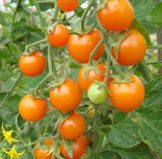
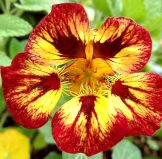
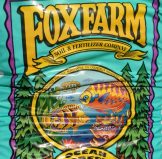
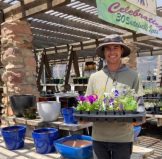 TERRACOTTA (unglazed, low-fire clay)
TERRACOTTA (unglazed, low-fire clay)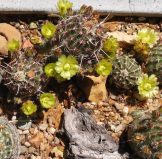

 Right now, we have our biggest selection of highly desirable plants for the season. Some of them are unusual and available in limited quantities. This includes a number of very choice native perennials that are very hard to find and will sell out fast, like:
Right now, we have our biggest selection of highly desirable plants for the season. Some of them are unusual and available in limited quantities. This includes a number of very choice native perennials that are very hard to find and will sell out fast, like:
 XERISCAPE TREES AND SHRUBS for SUN
XERISCAPE TREES AND SHRUBS for SUN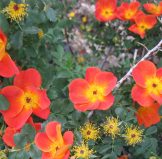
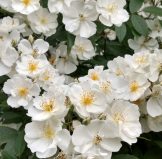
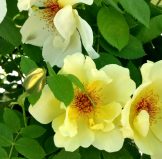
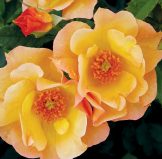
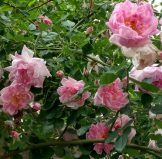
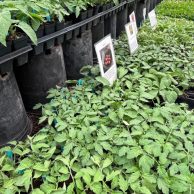 The Peppers are Coming!
The Peppers are Coming! 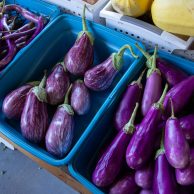
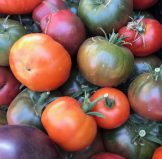 HARLEQUIN’S GARDENS 2024 TOMATO STARTS
HARLEQUIN’S GARDENS 2024 TOMATO STARTS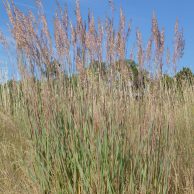
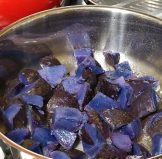
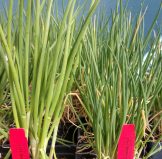
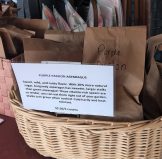
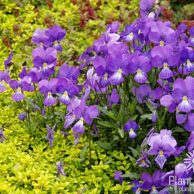
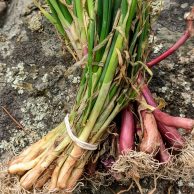
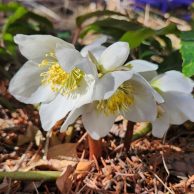
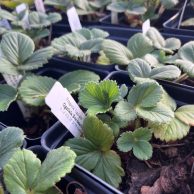
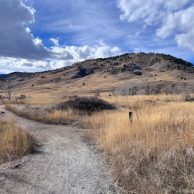
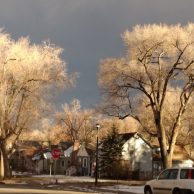
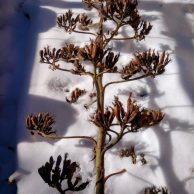

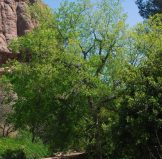
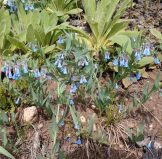
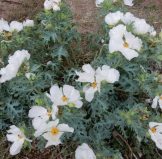
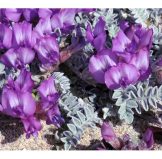
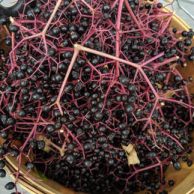
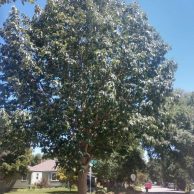
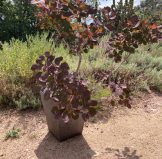
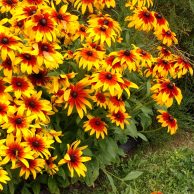 Fall is among the best times to plant perennials. While we may begin to wilt from late summer heat, many plants rise to the occasion and burst into bloom! As days begin to grow shorter, perennials spend the next few months developing root systems or taproots that delve well below the hot, dry surface soil. Pollinators depend on finding pollen and nectar sources through the entire summer, so it’s important to include late-summer and autumn bloomers in your garden.
Fall is among the best times to plant perennials. While we may begin to wilt from late summer heat, many plants rise to the occasion and burst into bloom! As days begin to grow shorter, perennials spend the next few months developing root systems or taproots that delve well below the hot, dry surface soil. Pollinators depend on finding pollen and nectar sources through the entire summer, so it’s important to include late-summer and autumn bloomers in your garden. 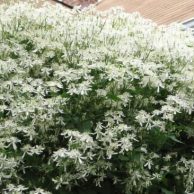
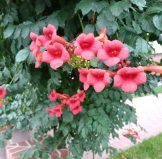
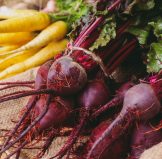 from Mitten Lowe at
from Mitten Lowe at 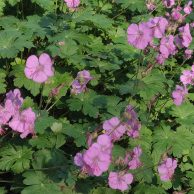
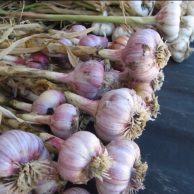
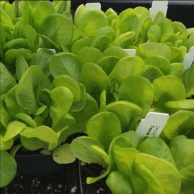
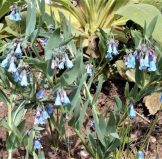
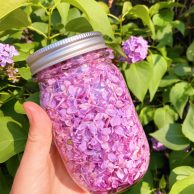
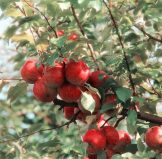 “The best time to plant a tree was 20 years ago. The second best time is NOW.” While this ancient Chinese proverb still rings true, fruit trees can begin to bear at a pretty young age, bringing satisfaction much sooner than a tree planted for shade or major presence in the landscape. We carry a wide selection of fruit trees proven to thrive and produce here in Colorado and taste great, and the apples, pears, cherries and plums on the list in the link below are in stock right now so that you can plant your own for years of enjoyment. (We don’t have peaches out at the moment – ask when you come in).
“The best time to plant a tree was 20 years ago. The second best time is NOW.” While this ancient Chinese proverb still rings true, fruit trees can begin to bear at a pretty young age, bringing satisfaction much sooner than a tree planted for shade or major presence in the landscape. We carry a wide selection of fruit trees proven to thrive and produce here in Colorado and taste great, and the apples, pears, cherries and plums on the list in the link below are in stock right now so that you can plant your own for years of enjoyment. (We don’t have peaches out at the moment – ask when you come in).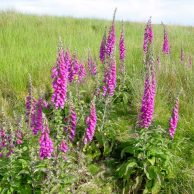
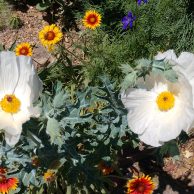
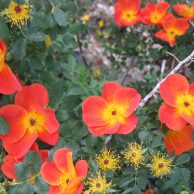 Did your roses take a hit from the winter cold and strong winds we just experienced? Perhaps they look as though they didn’t make it, showing brown, shriveled canes and no new growth above the ground. Or maybe there are no signs of life on the canes, but there is new growth just coming up from the ground. Either way, if your roses are growing on their own roots, you’re in luck. If they were grafted onto a rootstock, the prospects are not so good.
Did your roses take a hit from the winter cold and strong winds we just experienced? Perhaps they look as though they didn’t make it, showing brown, shriveled canes and no new growth above the ground. Or maybe there are no signs of life on the canes, but there is new growth just coming up from the ground. Either way, if your roses are growing on their own roots, you’re in luck. If they were grafted onto a rootstock, the prospects are not so good.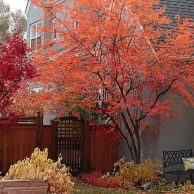
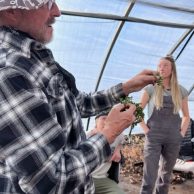
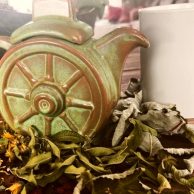
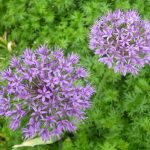
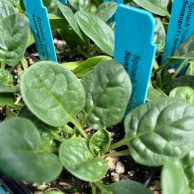
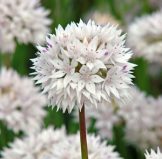 Circa 1857, this delicate-looking yet easy-growing North American native has composite 3″ globes of star-shaped, sparkling white flowers with pale lavender stamens tipped with purple anthers and sturdy stems.
Circa 1857, this delicate-looking yet easy-growing North American native has composite 3″ globes of star-shaped, sparkling white flowers with pale lavender stamens tipped with purple anthers and sturdy stems.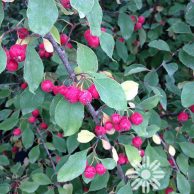
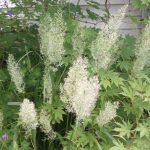
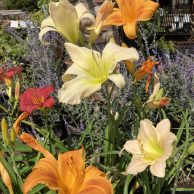 Daylilies are old favorites for good reasons. They are:
Daylilies are old favorites for good reasons. They are: